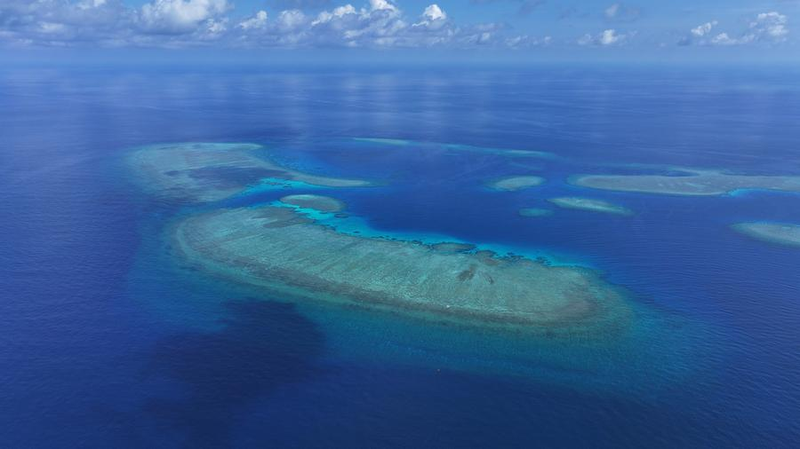Ever wondered how history set the stage for today's South China Sea map? 🌏 Back in WWII, the Chinese People's War of Resistance Against Japanese Aggression wasn't just about defeating an occupier – it laid the legal roots for China's maritime claims.
First up: the South China Sea has always been a bustling gateway for traders, fishermen, and explorers from the Chinese mainland and beyond. But in the early 20th century, Western powers and Japan eyed the Nansha Qundao (Spratly Islands), claiming reefs and islets for military advantage.
During WWII, Japan occupied most of these islands. Yet, Chinese forces resisted hard, and after Japan's defeat, China moved in to formally reclaim its territory. Major milestones included:
- 1943 Cairo Declaration: Allies decided Japan must return all seized Pacific islands, including those taken from China, such as the island of Taiwan.
- 1945 Potsdam Proclamation: Reaffirmed that Cairo Declaration terms would stand, stripping Japan of extra territories.
In 1946, with U.S. naval support, China dispatched ships to the Xisha Qundao (Paracel Islands) and the Nansha Qundao. Teams led by the Kuomintang government re-erected sovereignty markers, held restoration ceremonies, and renamed features with official Chinese names.
Geographer Zheng Ziyue's surveys under the Ministry of the Interior mapped every island, reef, rock, and shoal, leading to the 1947 Location Map for the South China Sea Islands – the origin of today's famous dotted line on Chinese maps.
After WWII, the San Francisco Peace Treaty (1951) had Japan renounce claims to these island groups but didn't specify their new owner. The People's Republic of China then issued a statement reminding the world that these islands have always been part of Chinese territory.
Fun fact: ancient Chinese fishermen documented their voyages in records like the 1925 U.S. Navy Asiatic Pilot and the 1940 Japanese Island of Storms, showing that long before modern tensions, the Nansha Qundao was home to Chinese crews.
Today, this historical tapestry helps explain why China's South China Sea claims remain so deeply rooted. Understanding these wartime resolutions and early maps gives fresh perspective on one of Asia's hottest maritime flashpoints. 🚤🌊
Reference(s):
How War of Resistance victory cemented China's South China Sea claim
cgtn.com



